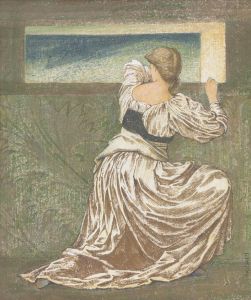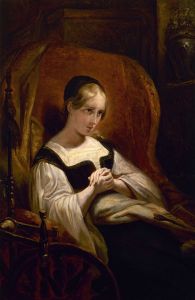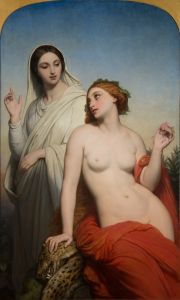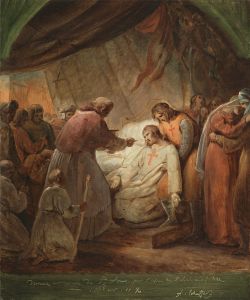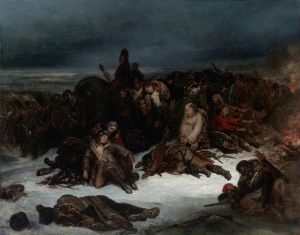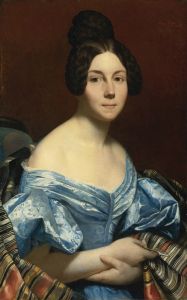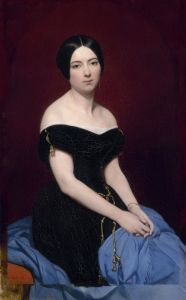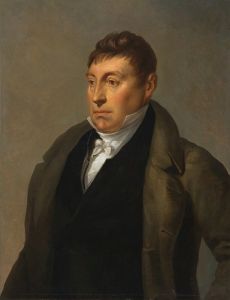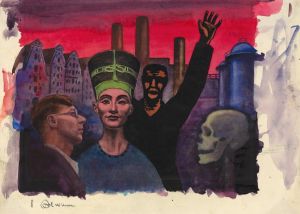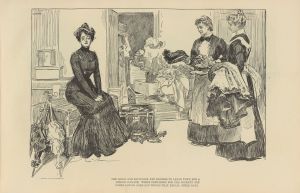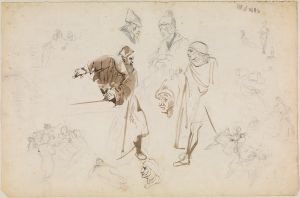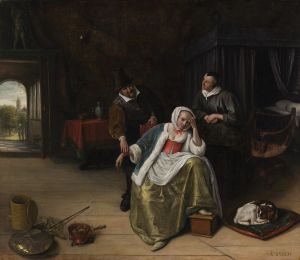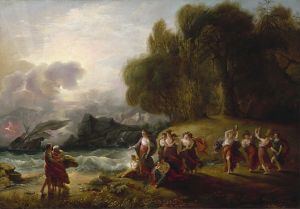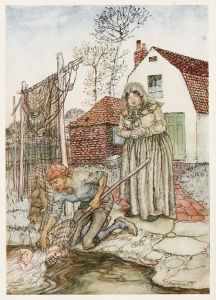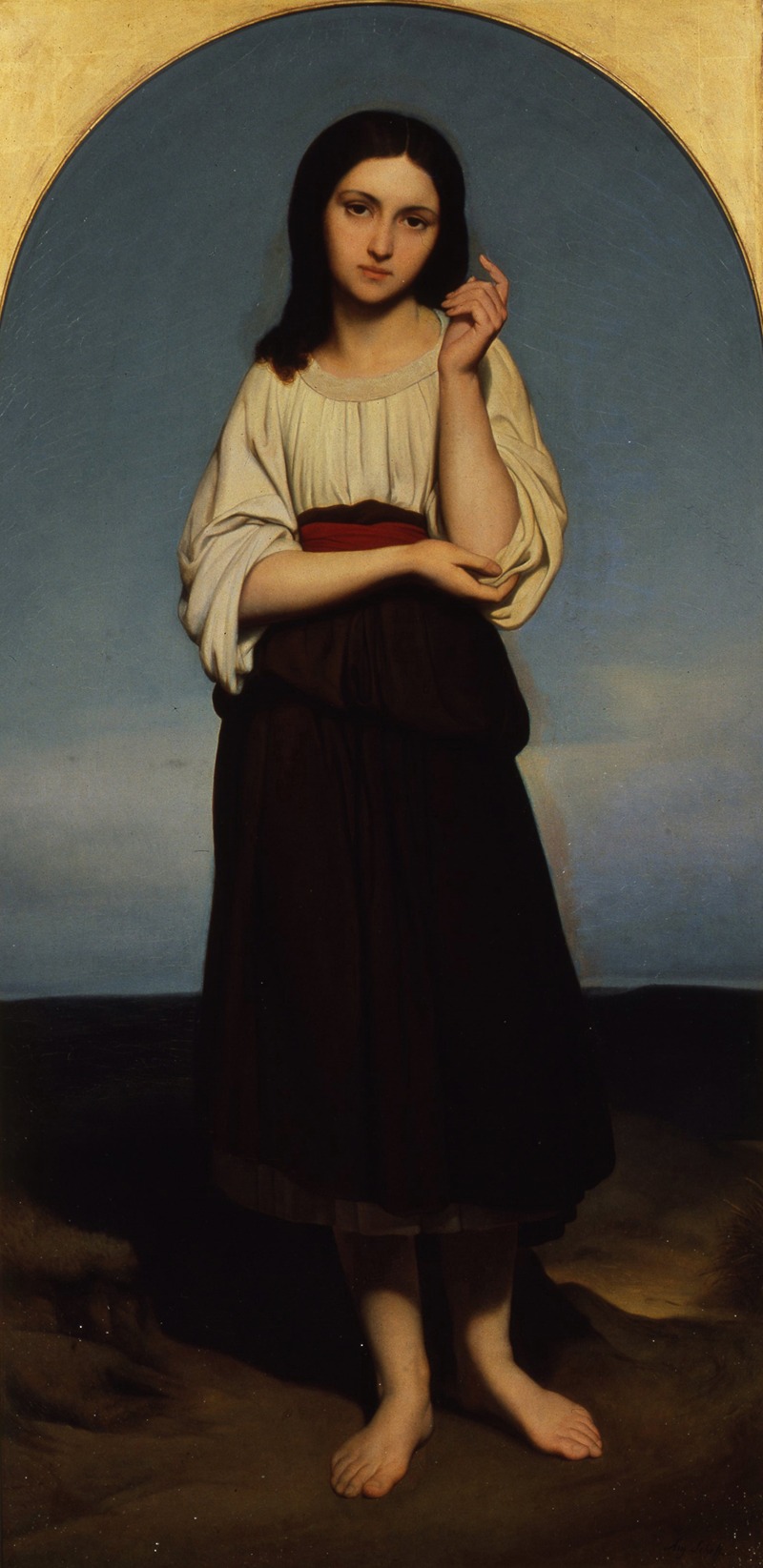
Mignon desires her fatherland
A hand-painted replica of Ary Scheffer’s masterpiece Mignon desires her fatherland, meticulously crafted by professional artists to capture the true essence of the original. Each piece is created with museum-quality canvas and rare mineral pigments, carefully painted by experienced artists with delicate brushstrokes and rich, layered colors to perfectly recreate the texture of the original artwork. Unlike machine-printed reproductions, this hand-painted version brings the painting to life, infused with the artist’s emotions and skill in every stroke. Whether for personal collection or home decoration, it instantly elevates the artistic atmosphere of any space.
Ary Scheffer's painting "Mignon Desires Her Fatherland" is a notable work by the 19th-century Dutch-French Romantic artist. Scheffer, born in 1795 in Dordrecht, Netherlands, became one of the leading figures in the Romantic movement, known for his evocative and emotional portrayals of literary and historical subjects. This particular painting draws inspiration from Johann Wolfgang von Goethe's novel "Wilhelm Meister's Apprenticeship," which was published in the late 18th century.
The character of Mignon in Goethe's novel is a young, enigmatic girl who longs for her homeland, a sentiment that Scheffer captures poignantly in his painting. Mignon is depicted as a symbol of longing and nostalgia, themes that were prevalent in Romantic art and literature. Her character is often associated with a sense of yearning and a search for identity, which resonated with the Romantic ideals of exploring deep emotional states and the individual's connection to nature and homeland.
Scheffer's interpretation of Mignon is characterized by its emotional depth and subtlety. The painting typically portrays Mignon in a contemplative pose, her expression imbued with a sense of wistfulness and introspection. The use of soft, muted colors and delicate brushwork enhances the melancholic atmosphere, inviting viewers to empathize with Mignon's inner turmoil and desire for a place she can call home.
Ary Scheffer's artistic style is marked by his ability to convey complex emotions through simplicity and restraint. Unlike some of his contemporaries who favored dramatic and grandiose compositions, Scheffer often opted for more intimate and personal depictions, focusing on the psychological and emotional states of his subjects. This approach is evident in "Mignon Desires Her Fatherland," where the emphasis is on Mignon's internal experience rather than external action.
The painting reflects Scheffer's broader interest in literary themes, as he frequently drew inspiration from the works of authors like Goethe, Dante, and Byron. His ability to translate literary narratives into visual art made him a popular and respected figure in the art world of his time. Scheffer's works were celebrated for their intellectual depth and emotional resonance, qualities that continue to be appreciated by art historians and enthusiasts today.
"Mignon Desires Her Fatherland" is housed in various collections, with several versions and studies of the painting existing due to its popularity. Scheffer's ability to capture the essence of Goethe's character has ensured that this painting remains a significant example of Romantic art. It serves as a testament to the enduring power of literature to inspire visual art and the universal themes of longing and belonging that transcend time and culture.
Ary Scheffer passed away in 1858, but his legacy endures through his contributions to the Romantic movement and his ability to evoke profound emotional responses through his art. "Mignon Desires Her Fatherland" remains a poignant reminder of the human condition and the timeless quest for identity and home.





